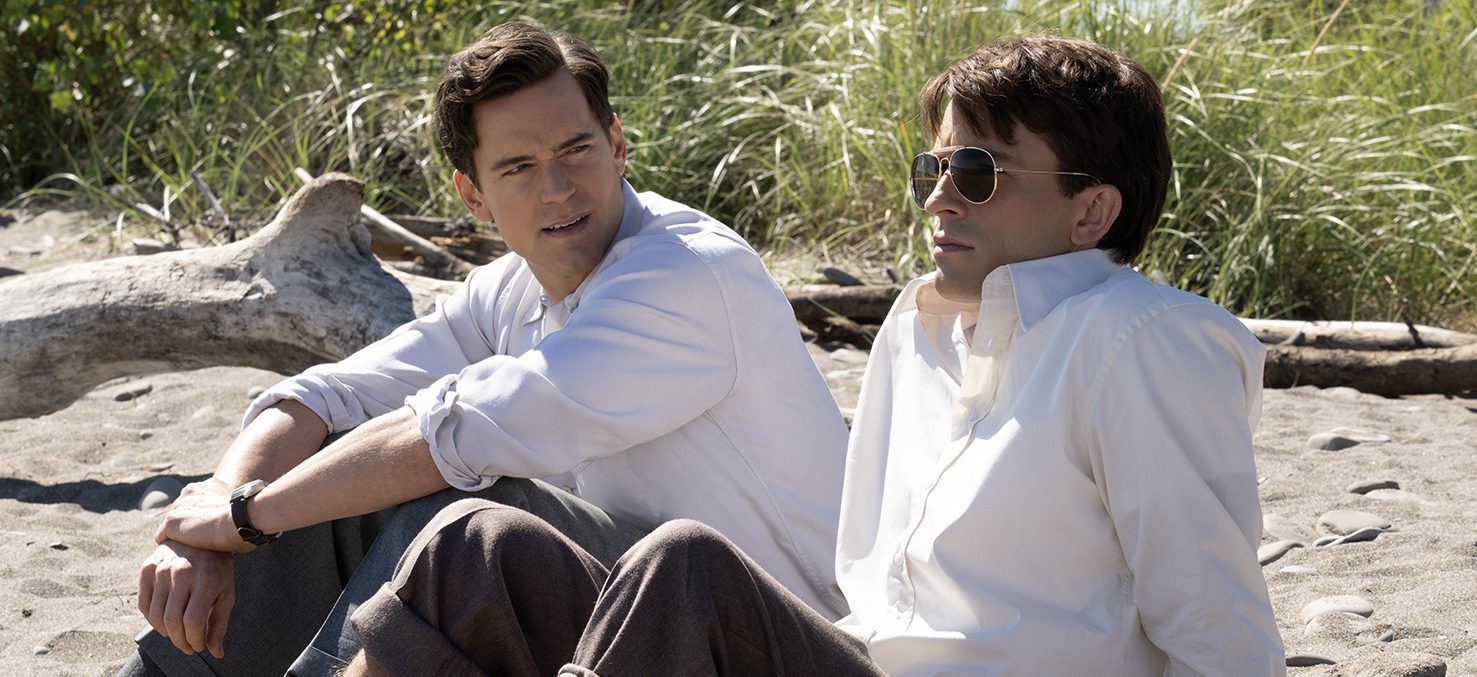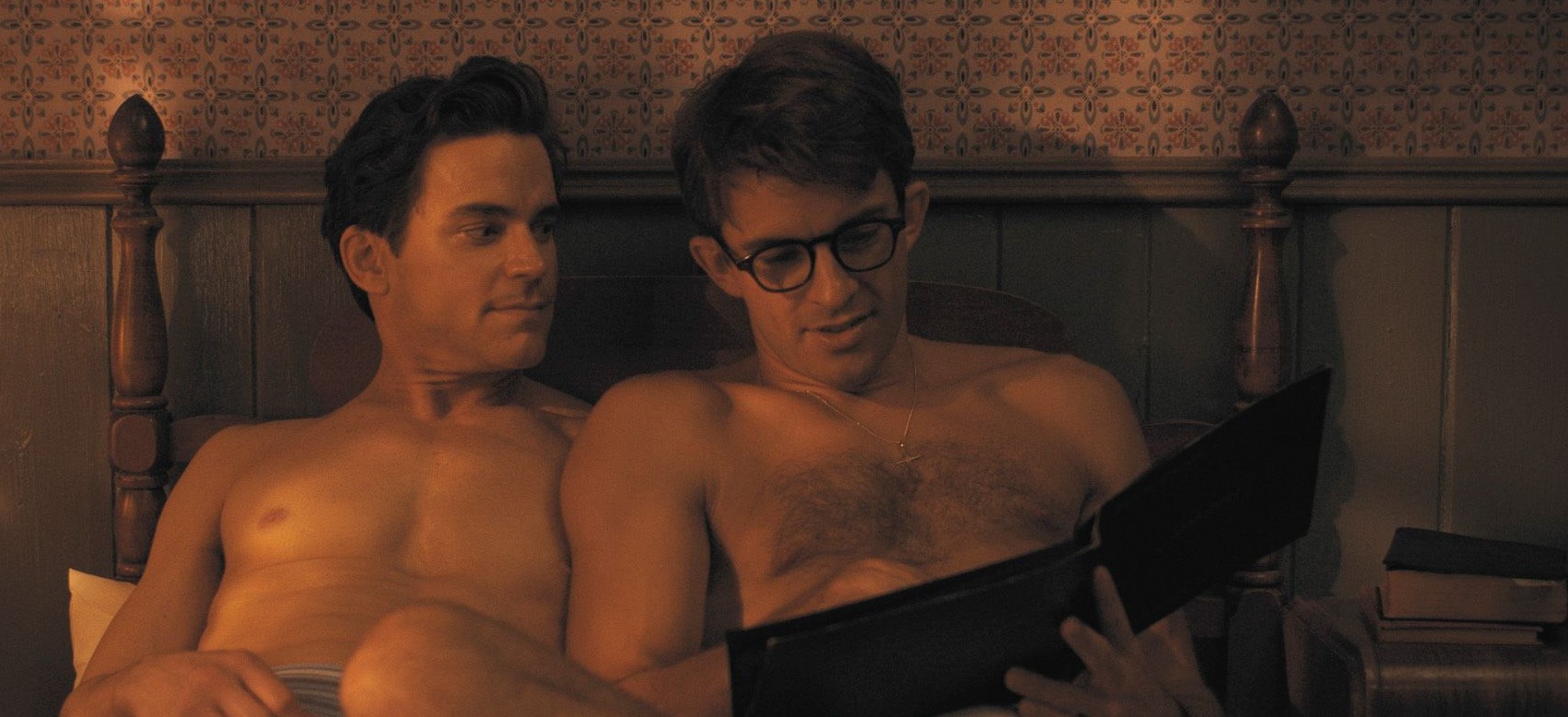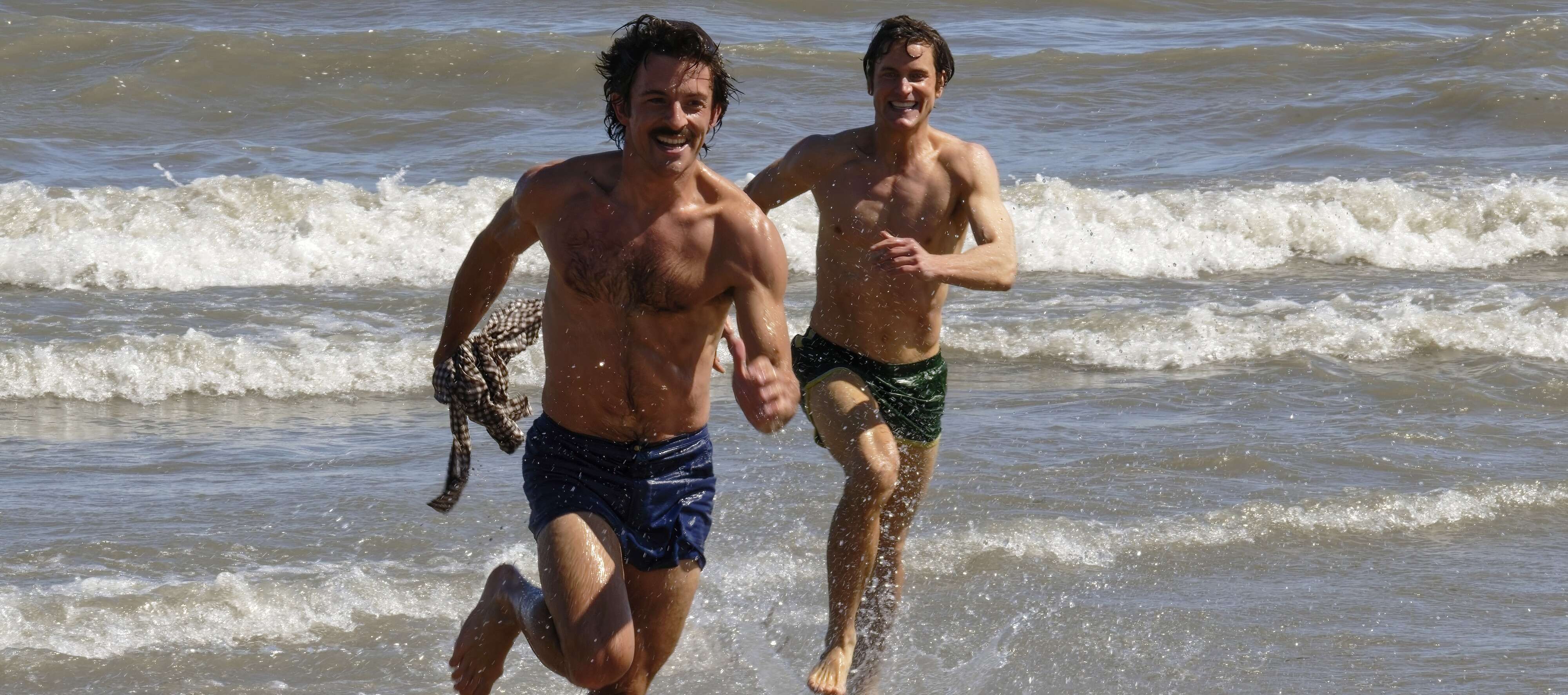In Showtime’s ‘Fellow Travelers,’ the narrative unfolds when the communists and gay/lesbian individuals are equally targeted by the Republican government and Senator Joseph R. McCarthy in particular. Hawkins “Hawk” Fuller and Timothy “Tim” Laughlin lead their lives with the utmost caution, confronting several challenges that threaten not only their relationship but also their existence as gay men. Hawk and Tim’s saga is integrated into the time and region where the show takes place, which inspired us to dive into the romantic drama’s setting. SPOILERS AHEAD.
The Era of Red and Lavender Scares
‘Fellow Travelers’ takes place in the 1950s, the period in which the second Red Scare AKA McCarthyism and the Lavender Scare were most prominent. Both Thomas Mallon, who wrote the eponymous source novel, and Ron Nyswaner, the creator of the show, explore the period through their works but with queer protagonists. “Our goal was to really tell the story from an LGBTQIA perspective of what happened in the ’50s,” Nyswaner told EW. Both the protagonists, Hawk Fuller and Tim Laughlin, are victims of the Lavender Scare, a moral panic concerning gay and lesbian individuals at the time.

The Lavender Scare was the government’s fear that gay men and lesbians “posed a threat to national security because they were vulnerable to blackmail and were considered to have weak moral characters,” according to historian David K. Johnson. It was connected to McCarthyism since McCarthy and others feared that Communists were creating links with gay/lesbian people in the federal services to threaten the government. Due to the same panic, queer people had to decide against coming out fearing that it would result in termination of their jobs and other damages to their lives.
Hawk and Tim deal with this scare in their own way. Hawk fears that he will lose his job if the government learns that he is gay, which stops him from nurturing a relationship openly with Tim. Since his partner decides against coming out as a couple with him, Tim gets immensely hurt. He is also asked to spy on McCarthy as Hawk finds him a job to do so. As per Johnson, 5,000 to 10,000 people lost their employment due to the Lavender Scare, affecting their livelihoods and social positions. Considering the estimate, it is safe to say that a significant number of queer people were threatened by McCarthy’s policies in the ‘50s and Hawk and Tim represent the same group.
The series, however, is not limited to the 1950s. Nyswaner also dives into queer experiences during the 1960s or the Harvey Milk era and the 1980s or the period of the AIDS crisis. The creator’s own experiences of living through these decades made him expand the narrative’s setting despite the novel concluding its storyline in the 1950s itself.
The Federal City
The historical series prominently takes place in Washington D.C. The city witnessed the horrors of Red and Lavender Scares first-hand in reality since it is the base of the federal government, especially the State Department as far as the show is concerned. The employees of the State Department were exposed to the discriminatory policies of the government considerably. According to Byron C. Hulsey’s ‘Everett Dirksen and His Presidents: How a Senate Giant Shaped American Politics,’ former senator Everett Dirksen proclaimed in 1952 that a Republican victory in the elections would lead to the removal of “the lavender lads,” or in other words gay men, from the State Department.

The “security principles” established by the State Department to get rid of communists and gay people paved the way for the introduction of similar policies across other government departments/agencies. The city of Washington was the region where these actions originated. “The Fifties have in some ways gotten a bum rap, and in other ways were just as awful as the clichés would have them. But I think they were a tremendously vivid time in Washington. For all the soothing serenity of Ike himself, the town was full of juicy, play-for-keeps characters on the main stage – with a whiff of impending nuclear apocalypse in the air,” Mallon told National Review about the significance of Washington as the setting.


You must be logged in to post a comment.